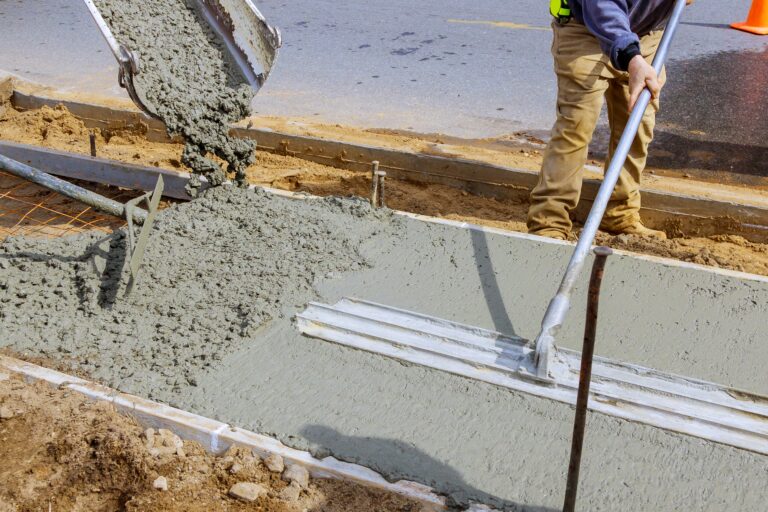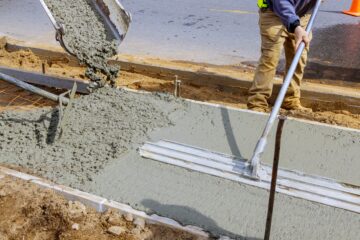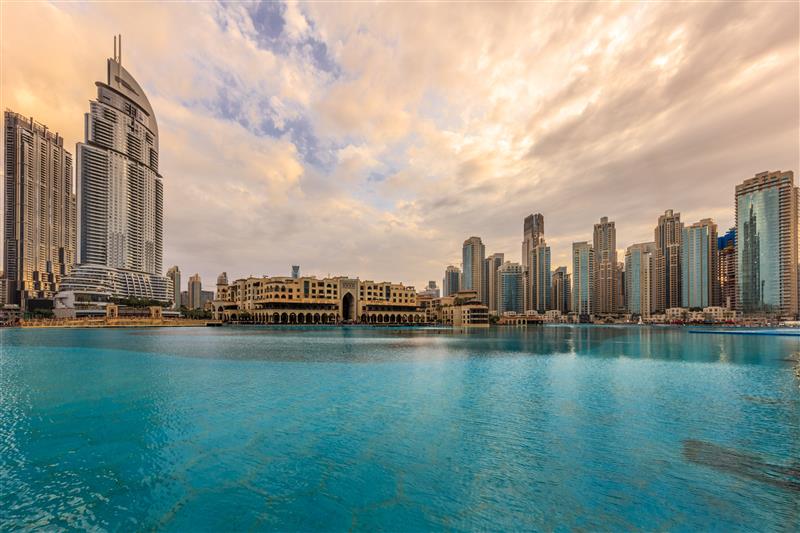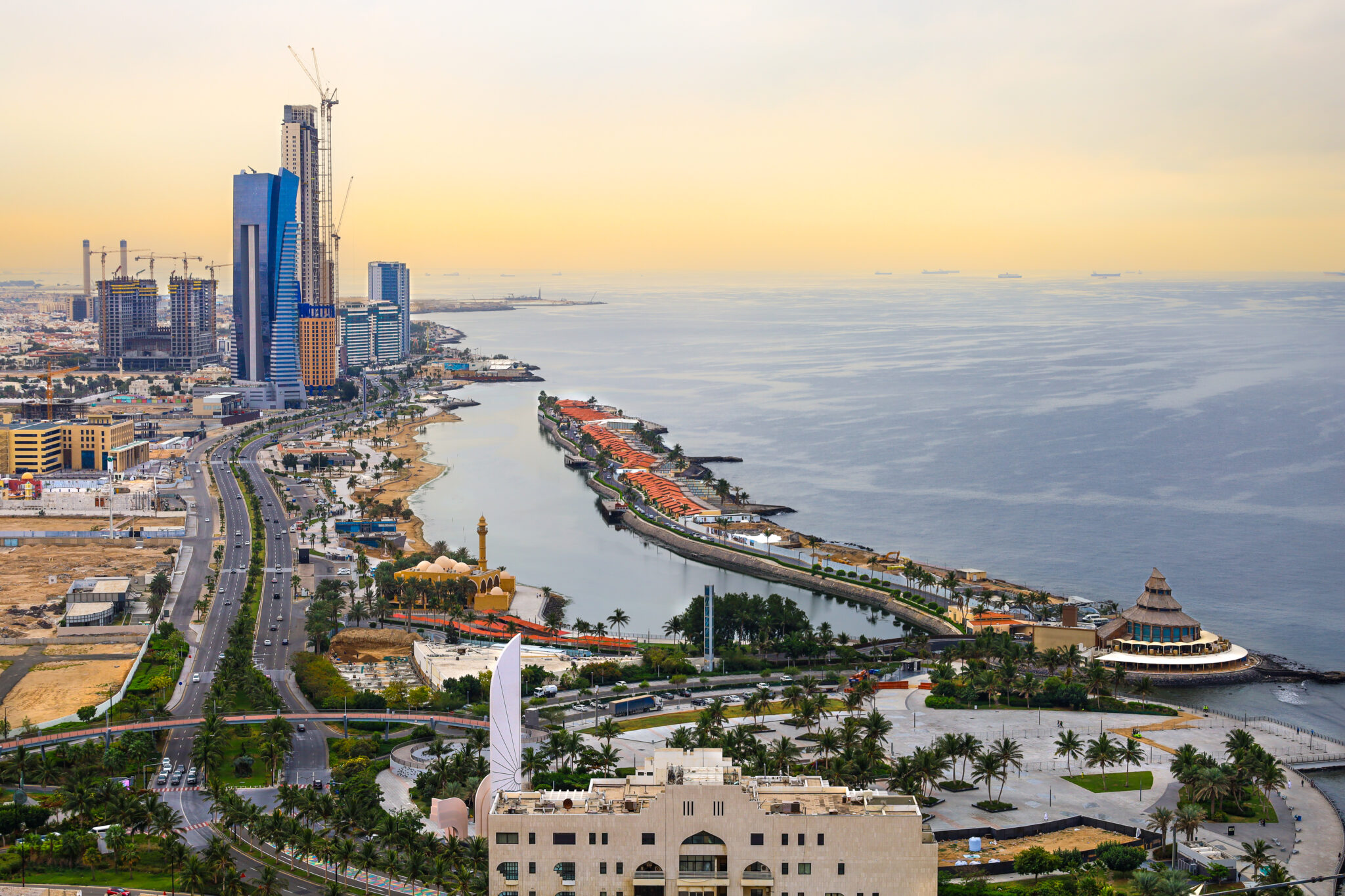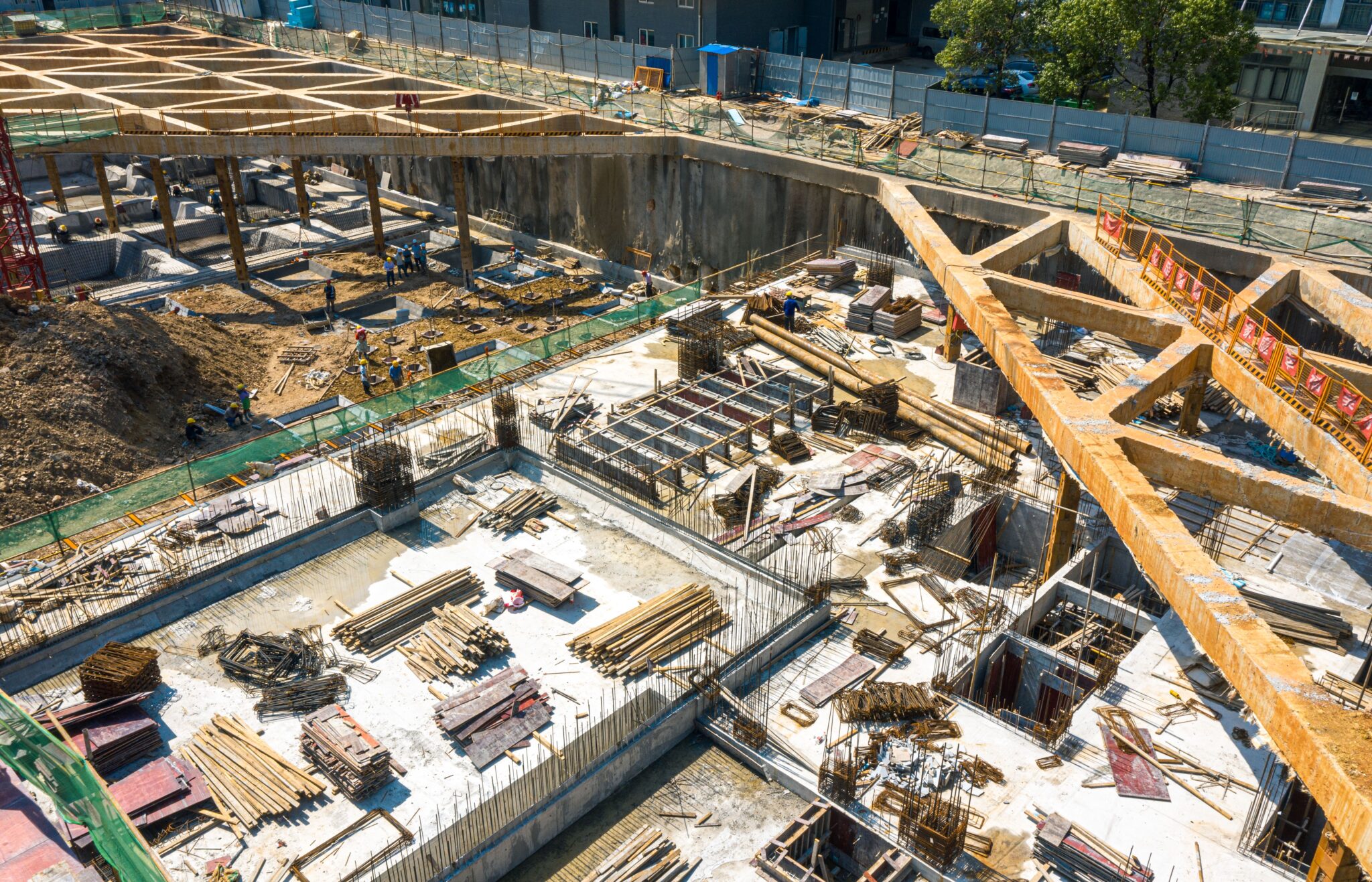Curing is a crucial process in concrete construction that ensures the concrete achieves its desired strength and durability. In Saudi Arabia, where high temperatures can accelerate the evaporation of water from the concrete mix, proper curing methods are essential. In this blog, let’s explore the best practices for water-curing concrete in Saudi Arabia to enhance its performance and longevity.
SmartRock® Long Range Savings for Big Projects
Importance of Water Curing
This method involves maintaining adequate moisture in the concrete during its early stages of hydration. This process is vital for several reasons:
- Strength Development: Proper curing allows the concrete to achieve its full strength potential by ensuring complete hydration of the cement.
- Durability: Adequate curing enhances the durability of concrete by reducing the risk of cracking, shrinkage, and surface defects.
- Surface Quality: Proper curing improves the surface quality of concrete, making it more resistant to wear and environmental factors.
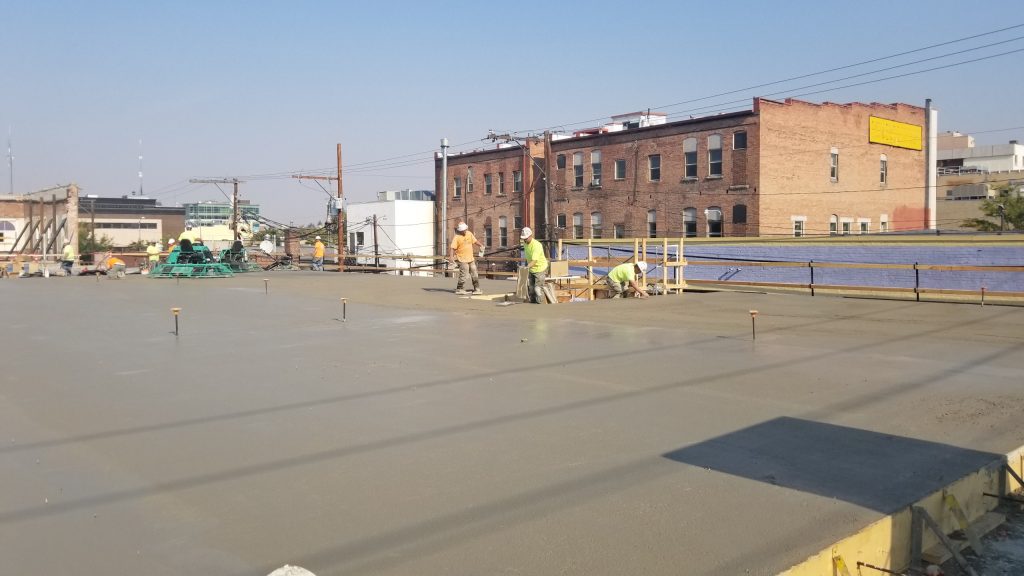
Learn all about the importance of compressive strength in Saudi Arabia!
6 Best Practices for Water Curing
- Pre-Wetting the Surface
Before applying water curing methods, it is essential to pre-wet the concrete surface. This helps prevent the concrete from absorbing too much water too quickly, which can lead to surface defects. Pre-wetting also ensures that the curing water is evenly distributed across the surface. - Continuous Water Curing
Continuous water curing involves keeping the concrete surface continuously wet for a specified period. This can be achieved using methods such as ponding, sprinkling, or using wet burlap or mats. Continuous water curing is particularly effective in hot climates like Saudi Arabia, where rapid evaporation can occur. - Ponding
Ponding is a method where water is retained on the concrete surface by creating small ponds or dikes. This method is suitable for flat surfaces such as slabs and pavements. Ponding ensures that the concrete remains wet and helps maintain a consistent temperature. - Sprinkling
Sprinkling involves spraying water onto the concrete surface at regular intervals. This method is suitable for vertical and inclined surfaces where ponding is not feasible. Sprinkling helps maintain moisture and prevents the concrete from drying out too quickly. - Wet Burlap or Mats
Covering the concrete surface with wet burlap or mats is an effective way to retain moisture. The burlap or mats should be kept continuously wet to ensure proper curing. This method is suitable for both horizontal and vertical surfaces and helps protect the concrete from direct sunlight and wind. - Using Curing Compounds
Curing compounds are chemical products that form a membrane on the concrete surface, reducing water evaporation. While not a water-curing method per se, curing compounds can be used in conjunction with water-curing to enhance the effectiveness of the process. They are particularly useful in areas where continuous water curing is challenging.
Monitoring and Adjusting
Regular monitoring of the curing process is essential to ensure its effectiveness. Check the moisture levels and temperature of the concrete regularly and make adjustments as needed. In hot climates, it may be necessary to increase the frequency of water application to compensate for rapid evaporation.
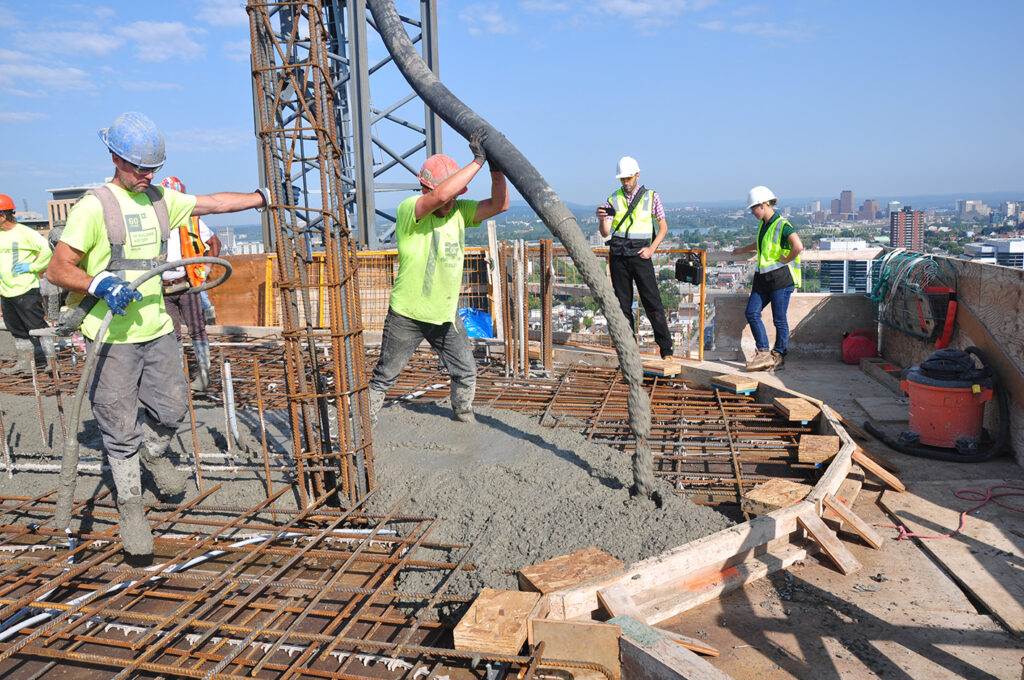
Conclusion
Proper water curing is essential for achieving strong and durable concrete structures in Saudi Arabia. By following best practices and using appropriate methods, builders can ensure the quality and longevity of their concrete projects.
Want to improve your hot weather concreting? Check out the Maturity Method!
